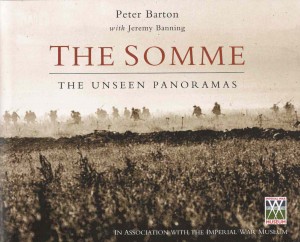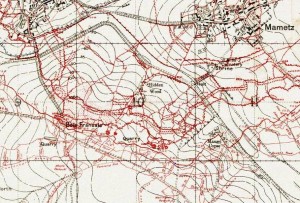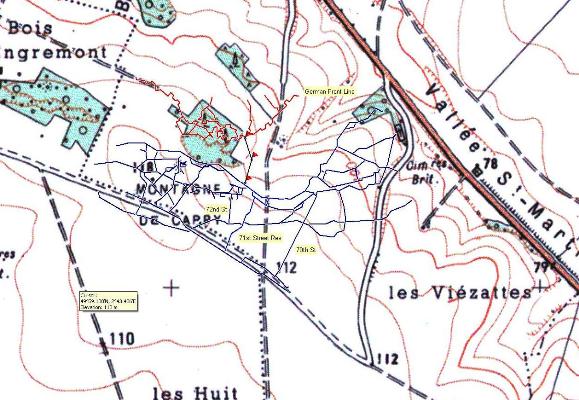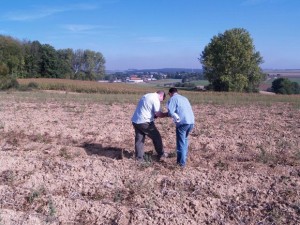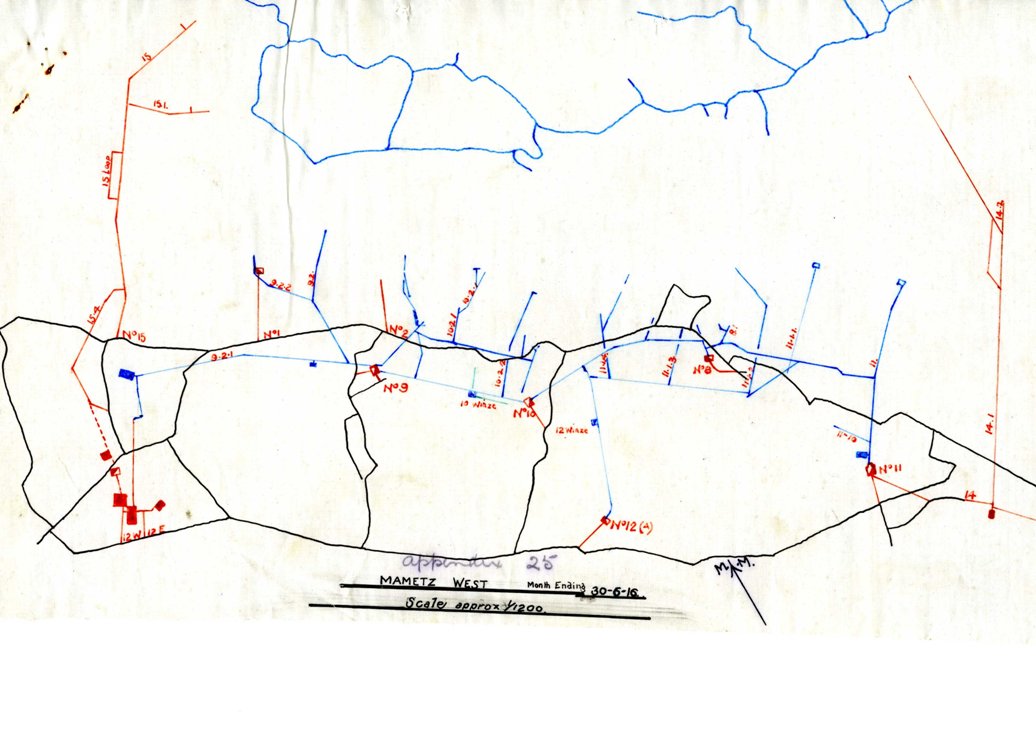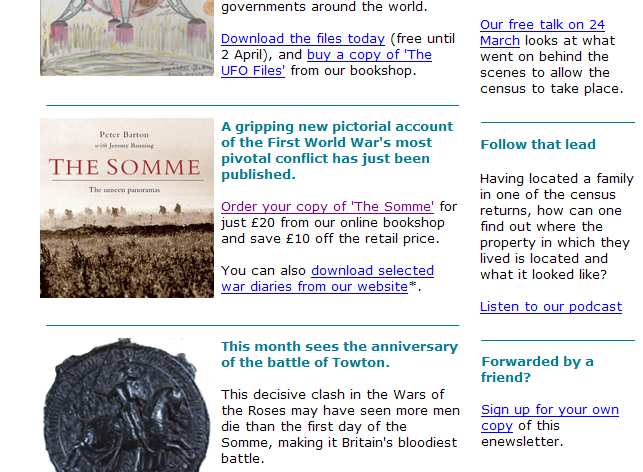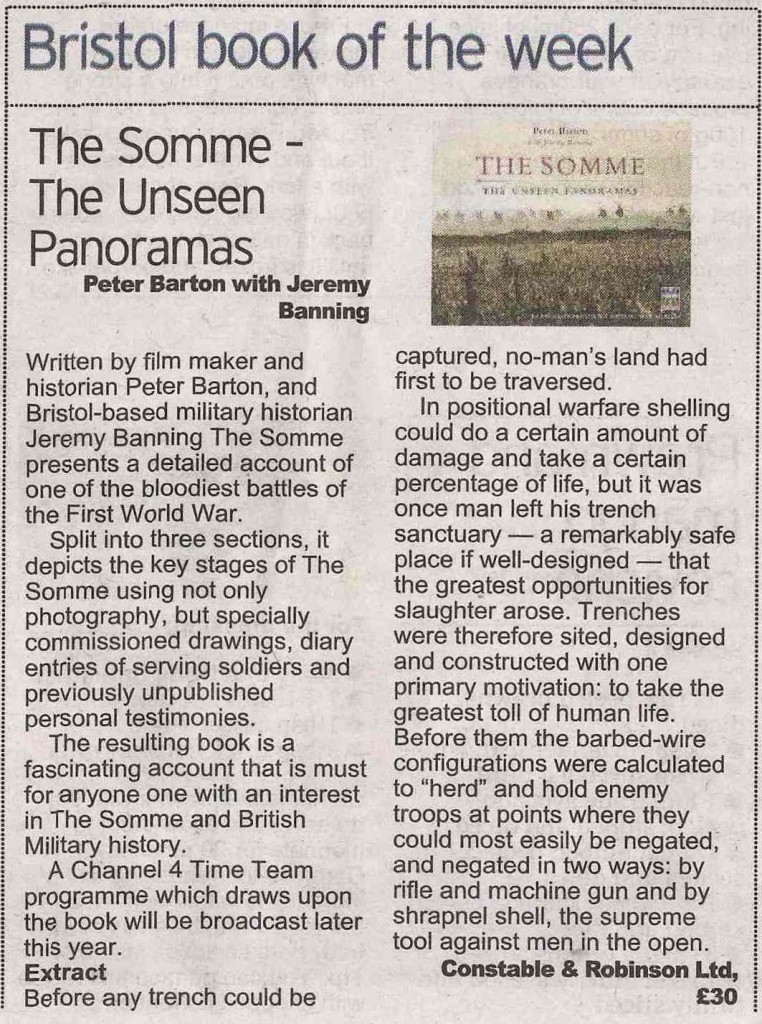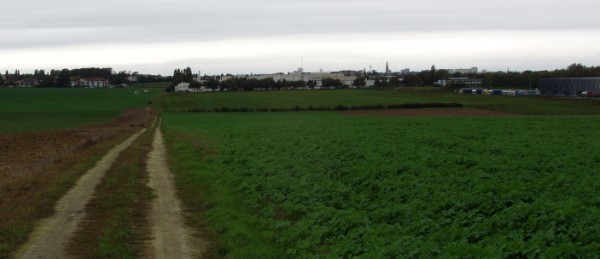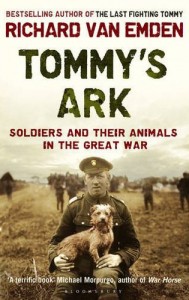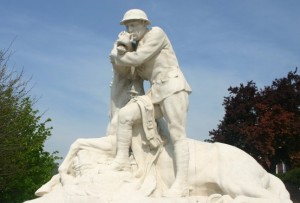Archive for the ‘Books’ Category
Books for Sale
I have recently cleared some of my shelving and am selling a number of military history books. These have been categorised and are listed below. I have looked on https://www.justbooks.co.uk/ to get an accurate idea of pricing and my prices match the cheapest found on that site (which itself searches 150 million books worldwide). P&P will be charged on top. I look forward to hearing from you and will keep the list updated when items are sold.

First World War
Memoirs/Biographies
Wully – Sir William Robertson – Molly Burkett. Softcover £14
Letters from a Flying Officer – Rothesay Stuart Wortley. Publisher: Sutton Pub Ltd. Softcover. £6
Her Privates We – Frederic Manning. Publisher: Serpent’s Tail, 1999. Softcover. £3
Margin Released – J.B. Priestley, Reprint Society, 1963, Hardcover. £5
Wearing Spurs – John Reith. Hardcover, Publisher: Hutchinson Of London, 1966. £5
A Minstrel In France (1918 Edition) – Harry Lauder. Hardcover. £25
“Khaki Courage: Letters in War-Time”, 1917 – Coningsby Dawson. Hardcover. Third Edition. £25
Guns, Kites and Horses: Three Diaries from the Western Front – Sydney Giffard. Hardcover. £3
Vain Glory. A Miscellany of the Great War 1914-1918 Written By Those Who Fought In It On Each Side and On All Fronts – Guy Chapman. Hardcover. 1937. £4
War Letters to a Wife (Spellmount Classics) – Rowland Fielding, Softcover. £3
War Memoirs of David Lloyd George – Volume II. Hardcover. £6
In Parenthesis – David Jones. Faber Faber, 2010. Softcover. £5
The Secret Battle – A.P. Herbert. Publisher: Oxford University Press, 1982. Softcover. £2
The Last Fighting Tommy – Harry Patch & Richard van Emden. Bloomsbury Publishing, 2007. Hardcover. £3
Memoirs of a camp-follower: a naturalist goes to war – Philip Gosse. Hardcover. 1942 edition. £20
Various – Great First World War Stories. Hardcover. £3
Letters from a Lost Generation – First World War Letters of Vera Brittain and Four Friends – Alan Bishop, Mark Bostridge. Softcover. £3
Testament Of Youth – Vera Brittain. Softcover. £3
Great War Fiction
The Regeneration Trilogy : Regeneration; The Eye in the Door; The Ghost Road – Pat Barker. Hardcover. Gardners Books, 1996. £3
All Quiet on the Western Front – Erich Maria Remarque. Hardcover. 1929. £6
Battles/Western Front/Weapons
Vimy Ridge – Alexander Mckee. Softcover. £3
R B Gardner – The Big Push. A Portrait of the Battle of the Somme. Hardcover. 1961. £5
In Flanders Fields: Passchendaele 1917 – Leon Wolff. Softcover. £2.50
Fire Power: The British Army: Weapons and Theories of War, 1904-1945, (Pen & Sword Military Classics) – Shelford Bidwell & Dominick Graham. Softcover. £4.
The Western Front From the Air – Nicholas C Watkins. Hardcover. £4
The Fifth Army in March 1918 – W. Shaw Sparrow. Publisher: The Bodley Head, 1921. Used – Fair. 1st edition. No dust jacket – with maps (some folding) & introduction by Sir Hubert Gough. Hardcover. £12
The British Army in the Great War – Frederick Hadley (Historial Museum of the Great War). Softcover. £5
Tanks Tank Weaponry and Warfare – Eric Morris. Hardcover. £3
Haig’s Command – Denis Winter. Publisher: Penguin, 2001. Softcover. £2.50
The Donkeys – Alan Clark. Softcover. £2.50
Gallantry
Liverpool Heroes, Book 3 – 17 Liverpool holders of the Victoria Cross – Ann Clayton (ed.). Softcover. £9
Supreme Courage: Heroic Stories from 150 Years of the Victoria Cross – Sir Peter de la Billiere. Hardcover. £3
Modern Guide Books
Battlefields of the First World War: A Traveller’s Guide – Tonie & Valmai Holt. Publisher: Trafalgar Square, 1993. Hardcover. £2.50
Old Guide Books
Muirhead’s Belgium and the Western Front (The Blue Guides) 1920 (Hardcover) £28
Battlefields of the Marne 1914. Michelin Tyre Co, London, 1919 Used – Good. First Edition. £10
Amiens. Before and During the War. A Panoramic History and Guide. Michelin’s Illustrated Guide: £9
Lille; Before and During the War; Illustrated Michelin Guides to the Battlefields 1914-1918; £13
Somme Vol 2 Second Battle of the Somme (Illustrated Michelin Guides): £26
CWGC
Unending Vigil: The History of the Commonwealth War Graves Commission – Philip Longworth, Pen and Sword, 2003. Softcover. £7
Remembered: The History of the Commonwealth War Graves Commission – Julie Summers. Hardcover. Excellent condition. £17
War Memorials & Remembrance
Tell Them of Us: Remembering Swindon’s Sons of the Great War 1914-1918 – Mark Sutton. Softcover. £8
Menin Gate and Last Post: Ypres as Holy Ground – Dominick Dendooven. Softcover. £2.50
The War Memorial – Clive Aslet. Publisher: Viking, 2012. Hardcover. £3
Not Forgotten – Neil Oliver, Foreword By Ian Hislop. Publisher: Hodder & Stoughton, 2005. Hardcover. £3
At the Going Down of the Sun: British First World War Memorials – Derek Boorman. Softcover. £4
Others
Public Schools and The Great War – Sir Anthony Seldon & David Walsh. Pen and Sword Military, 2014. Hardcover. £8
Six Weeks: The Short and Gallant Life of the British Officer in the First World War – John Lewis-Stempel. Softcover £2.50
Fritz and Tommy: Across the Barbed Wire- Peter Doyle; Robin Schäfer. Hardcover. Like new. £6
The Pity of War – Niall Ferguson (Allen Lane History). Hardcover. £3
Virtual History: Alternatives and Counterfactuals – Niall Ferguson. Publisher: Penguin Books, 2011. Softcover. £3
The Great War and Modern Memory – Paul Fussell. Softcover. £2
Marjorie’s War: Four Families in the Great War 1914-1918 – Charles Fair. Softcover. Like new. £10
Empire – Jeremy Paxman. Publisher: Viking, 2011. Hardcover. £4
Berkshire in the First World War. Commemorative book produced by Reading Borough Libraries and funded by the Heritage Lottery Fund. Edited by John Arcus. Publisher Goosecroft Publication 2015. Softcover. £8
The First World War: A Very Short Introduction – Michael Howard, Oxford University Press, 2007. Softcover. £3
A Group Photograph – Before, Now & in-Between: A History & Art Project 2016 – Andrew Tatham, Publisher: Stad Ieper – Musea, Softcover. £6
Quick Training for War – Lt Gen Sir Robert Baden-Powell: £6
Second World War
Battles
‘DUNKIRK, THE NECESSARY MYTH (CORONET BOOKS)’ – Nicholas Harman. Softcover. £2
Stalingrad (Hardcover) – Anthony Beevor: £8
Berlin (Softcover) – Anthony Beevor: £5
The Desert Generals (Hardcover, First Edition, 1960) – Correlli Barnett: £36
The Battle of the Bulge (Hardcover) – Charles B. MacDonald: £4
Overlord (Hardcover) – Max Hastings: £3
Diaries
Triumph in the West 1943 – 1946. Based on the Diaries and Autobiographical Notes of Field Marshall The Viscount Alanbrooke (Hardcover): £3
Alanbrooke War Diaries 1939-1945: Field Marshall Lord Alanbrooke – Ed by Alex Danchev & Daniel Todman (Softcover): £3.50
With the Jocks: A Soldier’s Struggle For Europe 1944-45 (Softback) – Peter White: £3.50
War at Sea (all Softback)
Stealth at Sea: The History of the Submarine – Dan Van Der Vat: £3
Convoy – Martin Middlebrook: £2.50
The Greatest Raid of All (St Nazaire Raid or Operation Chariot) – C.E. Lucas Phillips: £2
A Brilliant Little Operation: The Cockleshell Heroes and the Most Courageous Raid of World War 2 n – Paddy Ashdown (Hardback): £3
The Sinking of the Bismarck – Will Berthold: £3.50
The Sinking of the Lancastria – Jonathan Fenby: £5
Air War
RAF Bomber Command in the Second World War: the Hardest Victory – Denis Richards: £3
Dresden – Frederick Taylor: £3
No Passing Glory: The full and authentic biography of Group Captain Cheshire, V.C., D.S.O., D.F.C. (Hardcover) – Andrew Boyle: £7
The Second World War (Six Volumes) – Winston Churchill – £60
(1) The Gathering Storm – (2) Their Finest Hour – (3) The Grand Alliance – (4) The Hinge of Fate – (5) Closing the Ring – (6) Triumph and Tragedy
German History, Nazi Germany & the Holocaust
Hitler’s Willing Executioners: Ordinary Germans and the Holocaust – Daniel Jonah Goldhagen: £4
The Rise and Fall of the Third Reich – William Shirer: £4
A History of Germany 1815-1990 (Fourth Edition. Hardcover) – William Carr: £3.50
The Fontana History of Germany 1918-1990 – Mary Fullbrook: £2
Espionage/Spying/POW
A Man Called Intrepid – William Stevenson: £4
Spies Beneath Berlin (Hardcover) – David Stafford: £3
They Have Their Exits (Hardcover) – Airey Neave DSO MBE MC: £5
Others
The Spanish Civil War (Softback) – Anthony Beevor: £3
Band of Brothers – Stephen E Ambrose (Softback): £2
Whicker’s War (Hardcover) – Alan Whicker: £2
Gardens of Stone: My Boyhood in the French Resistance (Hardcover) – Stephen Grady: £3
Monty: the making of a General 1887-1942, Vol 1 (Softback) – Nigel Hamilton: £3
The Call-Up: A History of National Service – Tom Hickman, Publisher: Headline, 2005. Softcover. £3
Animals in the Great War – new book out
Whilst at the National Archives last week I met up with Richard van Emden for a coffee and he gave me a copy of his latest book, Tommy’s Ark: Soldiers and Their Animals in the Great War. I had been eagerly waiting for this as I had done a good deal of research for Richard on this book about a year ago and wanted to see how this fitted into the finished product as well as look at the reams of material that Richard had found. I was delighted with what he and Bloomsbury have produced. The jacket cover is in the same style as that used for Richard’s recent books with the same publishers, The Last Fighting Tommy and The Soldier’s War and shows a small dog, Sammy, the mascot of the 1/4th Northumberland Fusiliers who travelled out to France with the battalion in April 1915, served at Ypres (where he was wounded and gassed), was buried by shellfire on a number of occasions and later served on the Somme. Just this description gives some idea of the strange and amazing stories that the book contains.
The publishers blurb desribes it thus:
“This book tells the story of all the creatures, great and small, that inhabited the strip of murdered earth that snaked hundreds of miles from the Belgian coast to the Swiss Alps. In all, 61 species are included here and within a few species, such as birds and butterflies, there are also a number of varieties: for example, 43 kinds of bird are noted. Some species are mentioned once, others on a number of occasions: these include spiders, maggots, canaries, chickens, owls, lions, turkeys, fish, horses, cats, ferrets, wasps and worms. However, just as importantly, this is not a book about wildlife in isolation from man. On the contrary, it is about the human condition in war, explored through the soldiers’ relationship with the natural world around them…”
Michael Morpurgo, author of War Horse, writes: “If ever you are in doubt about the devastation and universal suffering that war brings to us, and to all creatures, great and small, then read Tommy’s Ark”
I really cannot wait to get stuck into it as soon as my current read is finished. When Richard and I were discussing how the book would work we identified various potential pitfalls to overcome; the main one being to avoid repetition. Having found many thousands of words of quotes myself I know the variation there is regarding these animals. Subsequent conversations and a good look through the book has confirmed my thoughts – there are such a wide range of stories that the reader really won’t be disappointed. My favourites (from the ones I found) are the old lady keeping bees on the lower slopes of Vimy Ridge in 1916 and the officer who tried to smuggle his beloved dog ‘Teddie’ buy xanax 0.25 back to Blighty at the end of hostilities. The images are terrific too – monkeys, dogs and kittens in the trenches as well as a collection of exotic mascots including a full grown bear!
I am sure it will sell well, particularly in the UK, as we have such an affinity to animals. Witness recent news items with the reactions to any instances of animal cruelty – I have seen people get more upset over the welfare of animals than people! Even on battlefield visits the wonderfully moving 58th (London) Division Memorial at Chipilly with its depiction of a soldier comforting his wounded horse has reduced some visitors to tears.
A quick word about conducting research for the book. Richard asked me to help him in finding animal stories in letters, memoirs and diaries. When I worked on the IWM panorama books Somme, Passchendaele and Arras with Peter Barton research was relatively easy, albeit time consuming. I visited over twenty different regimental museums around the UK as well as the Liddle Archive and many countless days in the Department of Documents at the IWM. My research was always tailored to a battle so I could use the archive search facility (if they had one!) for e.g. Somme or Arras. I also had a good knowledge of battalions, brigades and divisions which had served in each battle so could focus my reading that way. However, searching for stories involved animals presented many challenges. Only the most obvious stories were included in any précis of a collection – these were secured straight away. Subsequent research was on a more ‘hit and miss’ nature. The IWM holds so much material but, from my time spent there, I knew that certain memoirs were better written than others or that the writer had a particularly inquisitive mind and keen eye. It was these that I began with and, more often than not, I was rewarded with an animal story. On occasions though I recall a hard afternoons speed reading of hundreds of pages of memoir, letters or diaries and nothing to show for it other than a headache and blurry eyes. I shudder to think how many words we read in order for Richard to get the requisite 100,000 words but it was all interesting stuff – the hardest part was not getting waylaid on other interesting stories that one came across.
I am sure that Bloomsbury will soon be pulling out all stops to promote the book so they don’t need any PR from me. However, for those interested further details of the book along with a collection of interviews and ephemera from veterans can be found on Richard’s new website: http://www.richardvanemden.com/
VCs of the First World War
Just a few lines really singing the praises of the series of books entitled ‘VCs of the First World War’. Whilst visiting the battlefields I have seen tours whose focus is solely to visit the graves of Victoria Cross recipients or look at the sites of VC actions. I have always thought that this was a narrow-minded way to view the battlefields and war. By the nature of their deeds, VC recipients were a breed apart and I feel that by too much emphasis on their actions, the real day-to-day grind of the ordinary soldier, be it PBI or artilleryman is diluted.
However, I must acknowledge there is some contradiction in my above statement as, when guiding for a recent battlefield tour to Arras, I visited the graves or VC sites of three recipients in a single day; Private Horace Waller, 10th KOYLI, Captain Arthur Henderson, 2nd Argyll & Sutherland Highlanders and Lieutenant Donald Mackintosh, 2nd Seaforth Highlanders. Clearly, their deeds inspire us all and it seems the least one can do when in a cemetery containing a VC grave to read out their citation. This brings me on to the subject matter – the excellent series from the now defunct Sutton Publishing covering the war.
The excellent and proficient Gerald Gliddon has covered the following:
1914, The Somme, Arras and Messines 1917, Cambrai 1917, The Sideshows, The Spring Offensive 1918, The Road to Victory 1918 and The Final Days 1918
Stephen Snelling’s three editions cover the Gallipoli and Passchendaele campaigns and ‘The Naval VCs’ whilst the ‘The Air VCs’ is compiled by Peter G. Cooksley and, finally, ‘The Western Front, 1915’ by Peter F. Batchelor & Christopher Matson. Each book follows a similar format with a detailed explanation of the VC action and subsequent history of the recipient. There then follows biographical information about the soldier (or sailor) from their birth to death.
I have six of the books listed above and each has proved indispensable in my research or when preparing for battlefield trips. I am currently using the Cambrai volume for some work on local hero, Lieutenant Hardy Falconer Parsons VC (more details to follow in due course). They can be picked up pretty cheaply on the net – try www.abebooks.co.uk. I would heartily recommend them as a study aid or even to pick up and read at any odd moment – the bravery contained therein can only inspire us all.
Great War Portraits
I had a lunch yesterday in London with friends from Genesta Battlefield Club and was introduced to Keith Collman. Keith is a photographer with a keen interest in Great War veterans. His face seemed familiar and as he pointed out to me that we had met on a battlefield trip to Ypres in 2002 the recollections of that trip slowly came back to me. Keith had been travelling with us when we had taken Jack Davis, Harry Patch and Arthur Halestrap back to Ypres for Armistice commemorations. I recalled that he has been snapping away through the trip so wasn’t surprised to hear about his photographic project.
For the past 25 years he has been taking black & white portrait photographs of veterans. He realised that he had a remarkable collection and that he had better preserve these for posterity. (He mentioned that his children wouldn’t know what all the negatives were and would probably bin them on his demise!) The result of his endeavour is a superb book entitled ‘Great War Portraits’. I bought a copy (priced £25) and it is a lovely quality book to flick through – a real tribute to these remarkable gentlemen that we all owe so much to. Some of them I had had the pleasure of knowing, some I had never met but seen on TV documentaries whilst there are others whose faces were new to me. All are beautifully photographed and there are good details of all the men featured.
Keith has only produced 1000 copies and hopes one day to be able to get his money back – it is certainly not a profit making venture. His website http://www.greatwarportraits.com/ gives a really good idea of the quality of product and is a very nice read in itself. Highly recommended for those who want a memento of these wonderful men.
Following a nod from some kind soul on the Great War Forum I spent a few happy hours downloading free books from the excellent website: http://www.archive.org/
I had come across this site in the past when Googling for various books and had downloaded a few over the years. However, that was on a ‘as you need them’ basis. I had never sat down and really searched for Great War content available – and all for free!
It is amazing what is available and I have downloaded over 70 books in pdf format (totalling over 1GB). These range from personal memoirs I had never heard of before through to regimental, brigade and divisional histories. And the best bit? As they are in pdf format, it is easy to search for specific words. This makes research that much easier. However, don’t expect to see daylight for days. Searching for “1914-1918” yields over 10, 000 results! A pat on the back from me to all those who scan these books so we can all share the knowledge.

